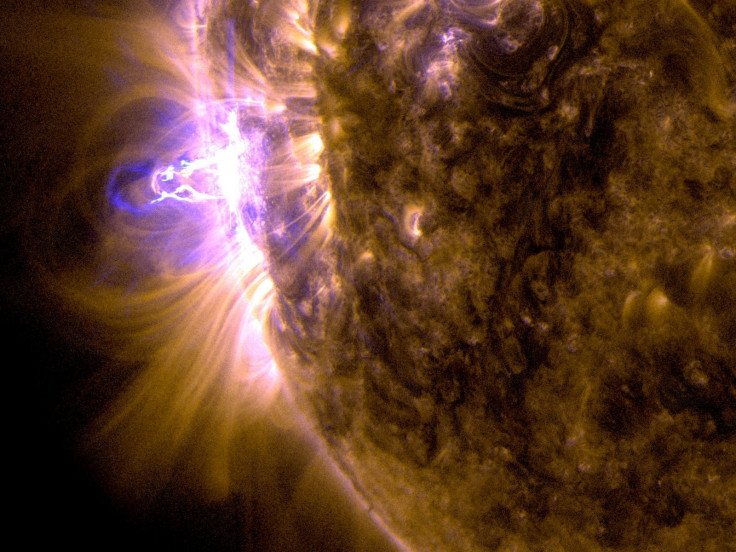Earth’s Chances Of Surviving Apocalyptic Cosmic Event Are Dim, Scientist Warns

Physicist Brian Cox offered a grim prediction of what will happen to Earth once the Sun reaches the end of its life cycle. Cox also briefly described what would happen to Earth during this cosmic disaster.
As a massive star, the Sun converts millions of tons of matter into energy every second. It does this by processing hydrogen into helium.
For most of the Solar System, the Sun is regarded as the main source of energy. However, according to NASA, this will eventually change as the agency believes the giant star is already halfway through its life cycle.
This means that in a few billion years, the Sun will eventually run out of fuel, causing it to collapse under the weight of its own gravity. According to Cox, the death of the Sun will most likely happen within 5 billion years.
“The Sun will spend most of its life on the main sequence, steadily burning its vast reserves of hydrogen fuel,” he said during his BBC program “Empire of the Sun” according to Express. “This will last for at least another five billion years. But, eventually, the fuel will run out and its core will collapse.”
Cox noted that once the Sun collapses, it will expand into a red giant and devour everything in its path. Mercury, which is the planet closest to the Sun, will be the first to go.
Earth will eventually get caught up in the Sun’s expansion. Once this happens, the planet will burn up, killing all life on the planet. Although there’s a chance that Earth might escape the expansion by getting thrown off its orbit, Cox believes that the chances of this happening are very slim.
“The Sun’s outer layer will expand and its color will shift,” he said. “Mercury will be little more than a memory as it’s engulfed by the expanding Sun.”
“It will grow 200 times its size today, stretching all the way out to the Earth’s orbit, where our own planet’s prospects are dim,” he added. “The wonder that has remained so constant throughout all of its 10 billion years of life will end its day as a red giant.”
© Copyright IBTimes 2025. All rights reserved.





















